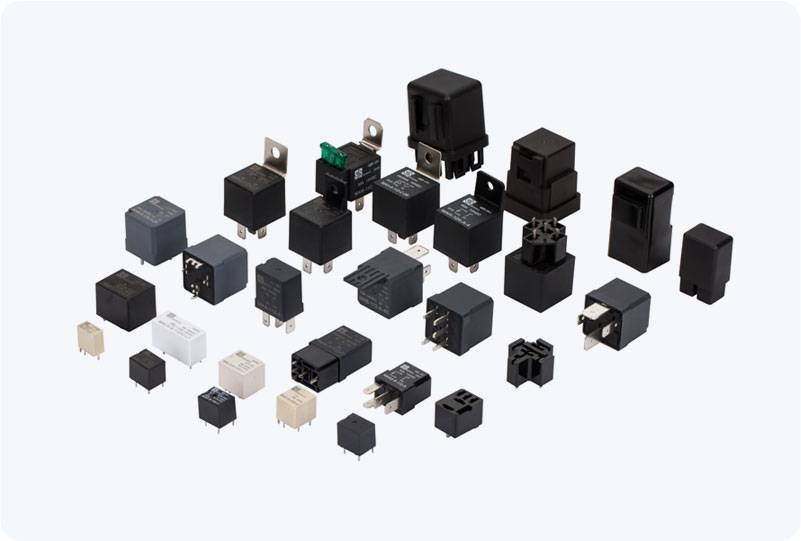In today’s fast-evolving technological landscape, the demand for reliable and efficient electrical components has never been higher. One such critical component is the high-voltage (HV) relay, and TE Connectivity has positioned itself as a leader in this area with its cutting-edge HV relay solutions. These relays are designed to provide seamless control and safety in high-voltage systems, particularly in applications like electric vehicles (EVs), renewable energy systems, industrial automation, and more. This article delves into the key features, applications, and innovations of TE Connectivity’s HV Relay and why it is set to shape the future of electrical control systems.

What is a High-Voltage Relay? A high-voltage relay is an electromechanical device used to control the switching of high-voltage electrical circuits. In simple terms, it is a switch that can open and close a high-voltage circuit, allowing or interrupting the flow of electricity. High-voltage relays are designed to handle the challenges posed by high power and are essential in systems that require reliable and safe switching of large currents and voltages. Unlike standard relays, which are generally used in low-voltage applications, HV relays are engineered to safely manage and switch voltages that can range from hundreds to thousands of volts. These relays must be robust, resilient, and capable of withstanding high electrical stresses, while maintaining a long operational life.